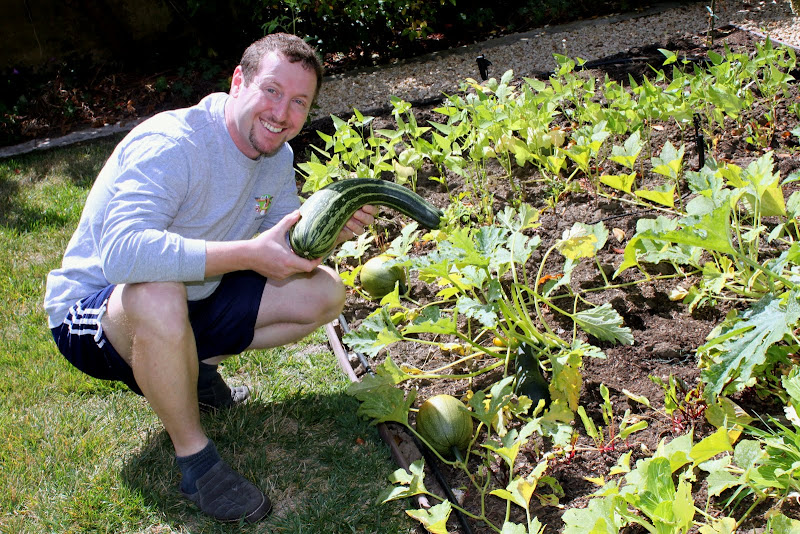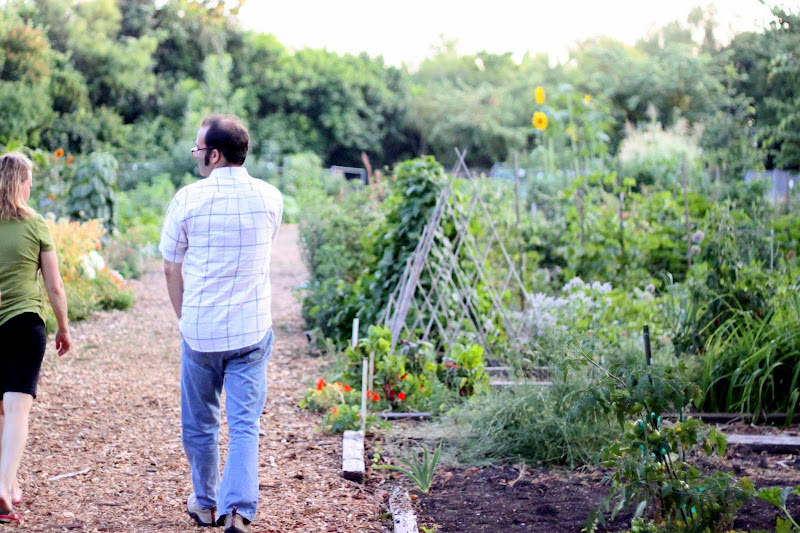Chambers & Chambers Italian Portfolio Tasting with Brian Larky of Dalla Terra, and thoughts on the American wine distribution system

At the Chambers & Chambers trade tasting this week, I had a chance to visit and revisit many wines from all over Italy. Gourmet thin-crust pizzas from Lulu restaurant in the SOMA district of San Francisco complemented what seemed like 80-100 wines. About half the wines at the tasting were imported through Dalla Terra, founded by Brian Larky, a very funny dude. But funny is obviously not all he is - because Dalla Terra is a clever concept. They essentially eliminate one of the tiers in a 4-tier wine import distribution system, through their Winery Direct program. Due to laws established at the end of Prohibition mainly to allow the government to capture more taxes, wine distribution and sales in the United States require wine producers to sell to state distributors / wholesalers who then sell to retailers or restaurateurs before a wine becomes available to consumer. Different states have legislated different quirks - for instance, some allow internet sales and shipping from out-of


